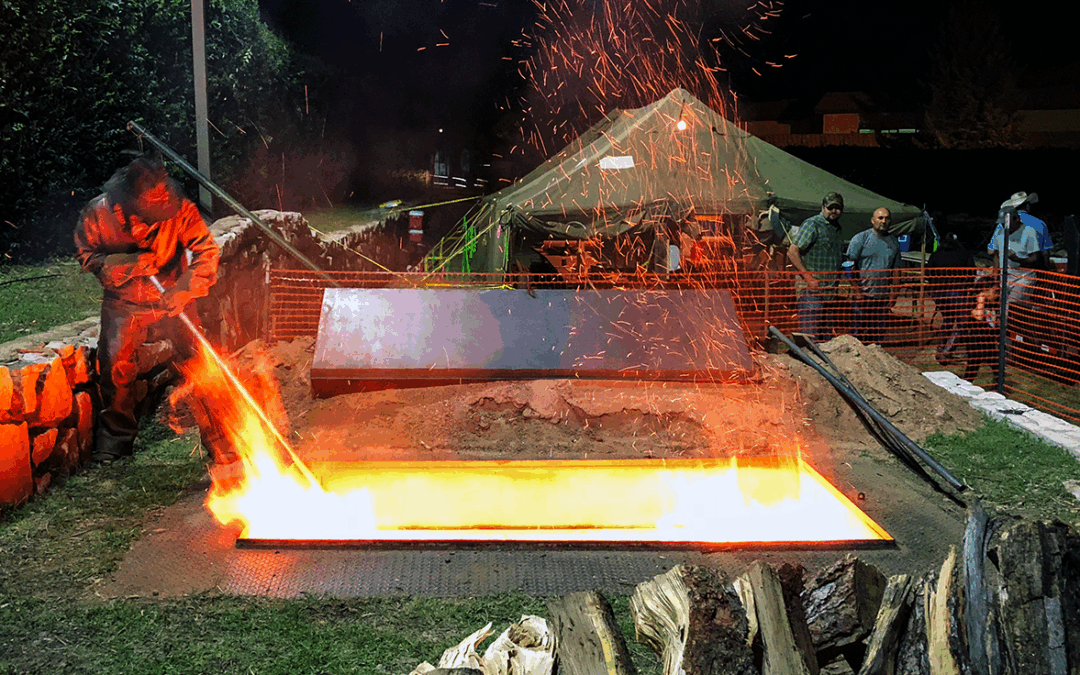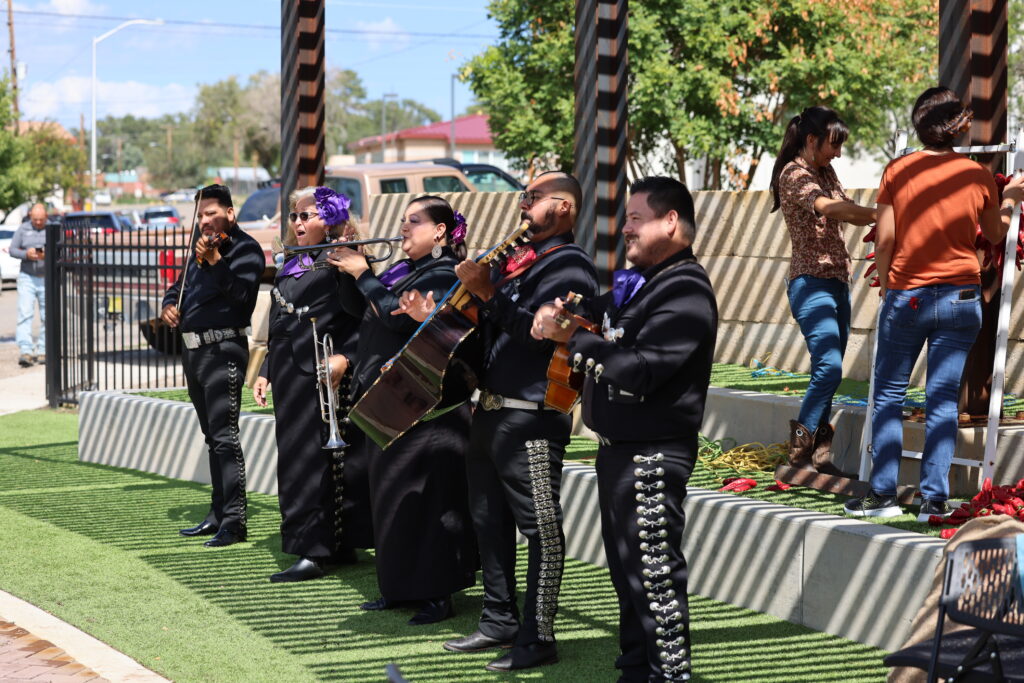La Matanza has a long and successful history at New Mexico Highlands University (NMHU).
This year’s matanza, sponsored by NMHU and supported by the City of Las Vegas Lodgers’ Tax, will take place on November 1, 2025, at the Cultural Center at Melody Park for a celebration of northern New Mexican heritage.
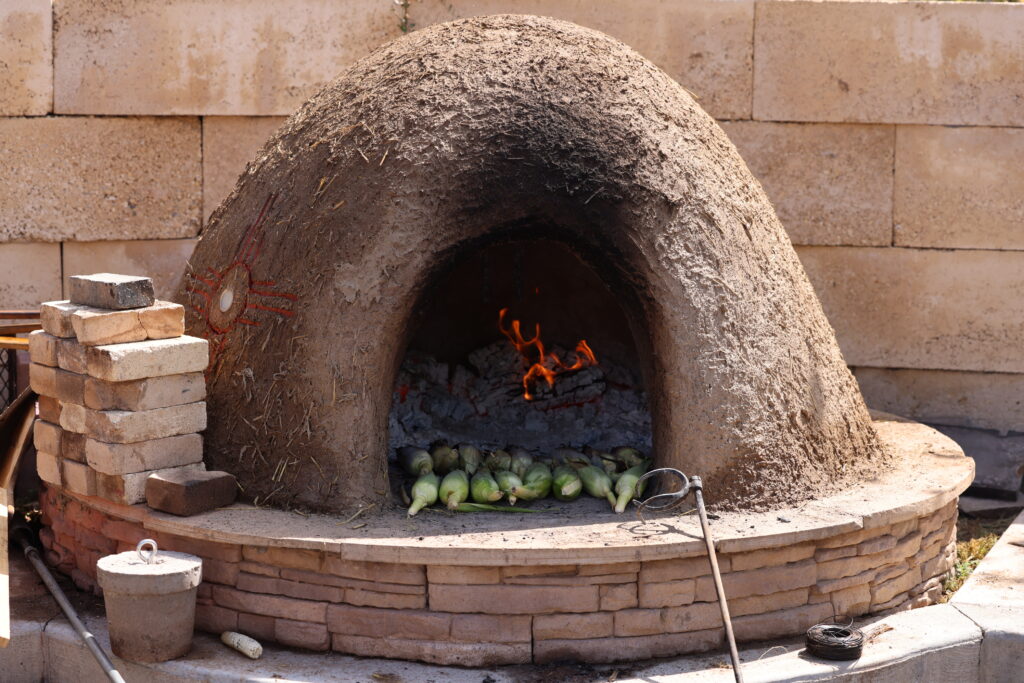 With more than 65% of the student population identifying as Hispanic or Native American, and with many of those hailing from smaller communities where matanzas are a traditional occurrence, it just makes sense to continue the custom at Highlands.
With more than 65% of the student population identifying as Hispanic or Native American, and with many of those hailing from smaller communities where matanzas are a traditional occurrence, it just makes sense to continue the custom at Highlands.
“It’s a community engagement celebration that recognizes traditional cultural behaviors and collaborations,” Dr. Eric Romero, an NMHU assistant professor and interim of Languages & Culture Department, said.
The modern iteration of the Highlands Matanza dates back more than three decades, but in general, locally, it goes back centuries to the Spanish land-grants in the areas that had been claimed by Spain.
“The guiding principles of repartimiento (distribution) combined with convivencia (living together in harmony), supported the values of community sharing and celebration,” Romero wrote in a paper, about the tradition. “The planning of foods to be planted ensured that communities had a variety of cultigens that would be distributed, regularly and during the cambalache (harvest festival).”
And out of the harvest festival came la matanza.
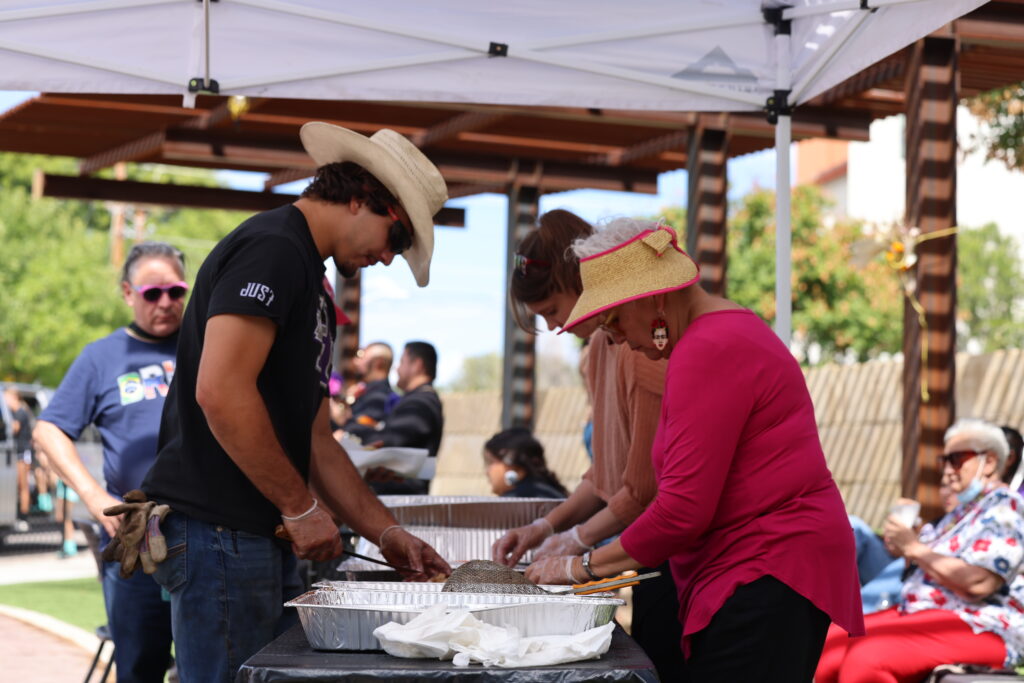 “The underlying motive was to continue in community, sharing of food and to celebrate conviviality and charity,” Romero wrote. “Sometimes planning for an event took several years. The planning, allowing for the pig to grow to a sufficient size and for a preliminary delegation of responsibilities. Young members of a family may be designated to learn a particular skill to contribute to the eventual matanza event. Certain high-energy hard woods were collected and seasoned to be available for the event. Responsible participation in an event could be considered as rites of passage for youthful members. As a cultural event, la matanza may take a variety of protocols and schedules.”
“The underlying motive was to continue in community, sharing of food and to celebrate conviviality and charity,” Romero wrote. “Sometimes planning for an event took several years. The planning, allowing for the pig to grow to a sufficient size and for a preliminary delegation of responsibilities. Young members of a family may be designated to learn a particular skill to contribute to the eventual matanza event. Certain high-energy hard woods were collected and seasoned to be available for the event. Responsible participation in an event could be considered as rites of passage for youthful members. As a cultural event, la matanza may take a variety of protocols and schedules.”
During the 1980s at Highlands, the Upward Bound program spearheaded by Alfredo “Chemo” Gallegos and Carlos Lovato, created a matanza that was enjoyed by Upward Bound students, but little additional information about those events is available, Romero said.
When longtime legislator Manny Aragon took on the Highlands presidency in 2004, he revived la matanza at the university, guided by Vince Garcia, Romero said.
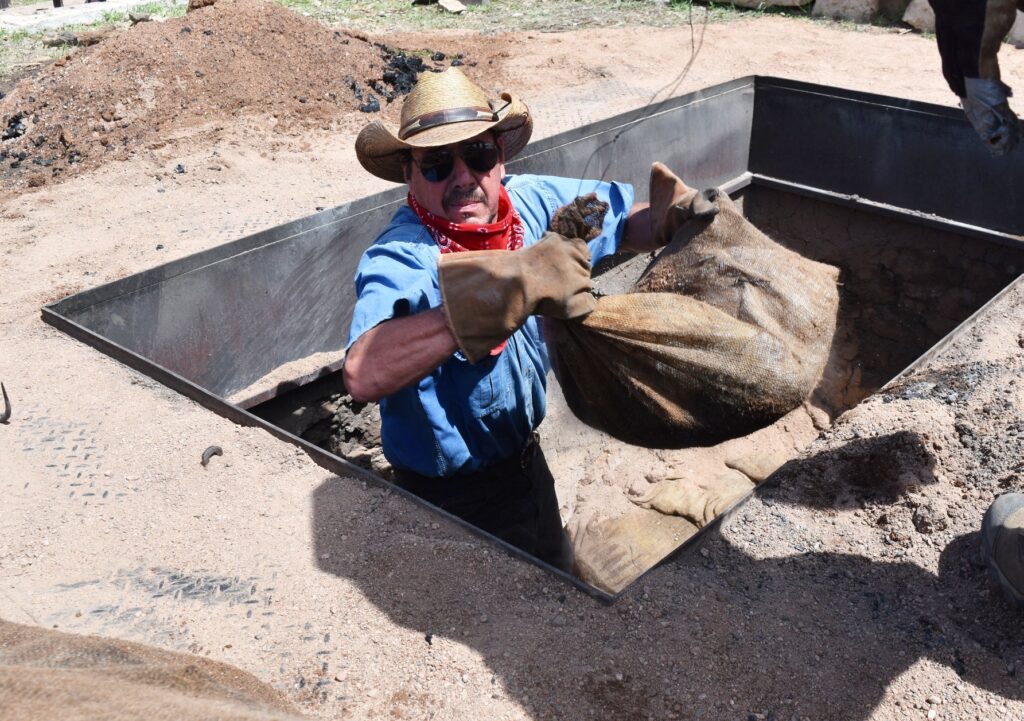 NMHU workers used a backhoe to dig a pit near the Sanchez Family Stadium that was lined with adobe and covered with a metal roof, he said.
NMHU workers used a backhoe to dig a pit near the Sanchez Family Stadium that was lined with adobe and covered with a metal roof, he said.
“We did that for three years,” Romero said. “At that time, faculty, staff and administration did a big collaboration. We did most of the cooking. So, besides the meat that was cooked in the underground pit, we also cooked big vats of chicharrónes. We also had access to one of the kitchens on campus and we did the side dishes of beans, squash and corn, as well as chile. That was a big collaboration with lot of people helping out.”
During the two-day event, some 300 people feasted, he said.
After a lapse of several years, it began again later that decade with an off-campus event run by the university’s MEChA — Movimiento Estudiantil Chicano/a de Aztlán – student organization.
“We framed it as a private event so we wouldn’t have to work with the public health safety requirements,” he said with a laugh. “We did it traditionally with sheep or goats and had a live pig available for slaughter. We would do our own butchering and start cooking. We used as many of the food stuffs as possible, including the skin, some of the entrails, the head and feet.”
For more than a decade, that was a highlight of the spring calendar, Romero said. But it wound down about 10 years ago.
After a one-year celebration in 2018, COVID took its toll on the matanza, but in 2021, the university decided to revive it at NMHU’s Cultural Park. The Cultural Park was designed and constructed with the help of the NMHU President’s Council for Diversity, Equity and Inclusion. It was then decided to hold the event bi-annually.
So in 2021, using some of the materials from the old pit near the football stadium, a new pit measuring 10-feet by six-feet by four-feet and lined with fire bricks and with a concrete-reinforced base, was built, as was a traditional, adobe bread-making horno.
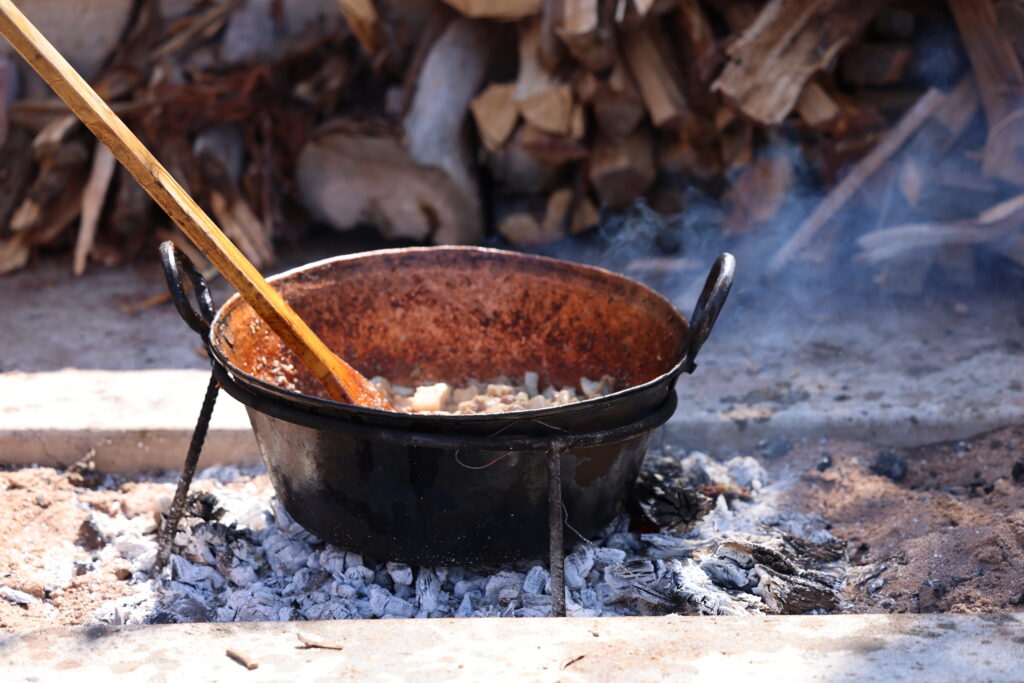 Raised beds were added to the Cultural Park for a demonstration garden with corn, squash and beans. Additionally, a chile roast and distribution event were added to the school calendar and other activities such as chile ristra-making demonstrations, chicos roasting. The horno was kept in good shape through workshops demonstrating traditional re-plastering techniques. Musical entertainment also was added to boost the festive atmosphere.
Raised beds were added to the Cultural Park for a demonstration garden with corn, squash and beans. Additionally, a chile roast and distribution event were added to the school calendar and other activities such as chile ristra-making demonstrations, chicos roasting. The horno was kept in good shape through workshops demonstrating traditional re-plastering techniques. Musical entertainment also was added to boost the festive atmosphere.
And not only were Highlands students, staff and faculty invited, but so was the greater Las Vegas community.
This year’s event, which is expecting to serve more than 800 people, will include a full steer, three pigs and 600 pounds of chicharrónes, Romero said.
“In the bigger sense, it is an alignment with the cultural tradition of sharing food with the larger community,” he said. “It’s become a fall harvest celebration.”

